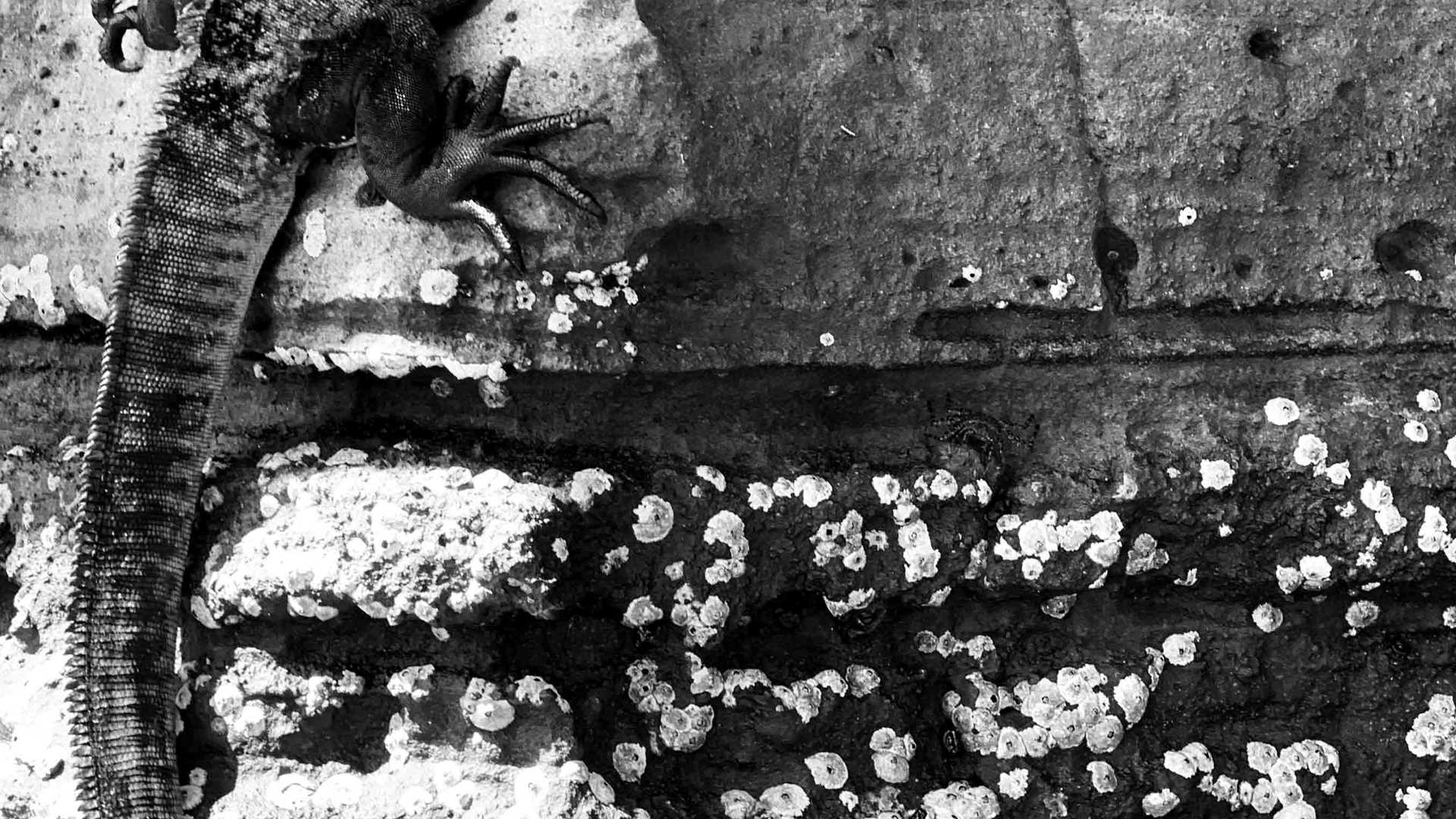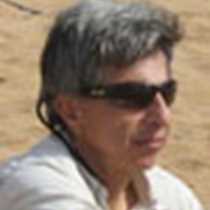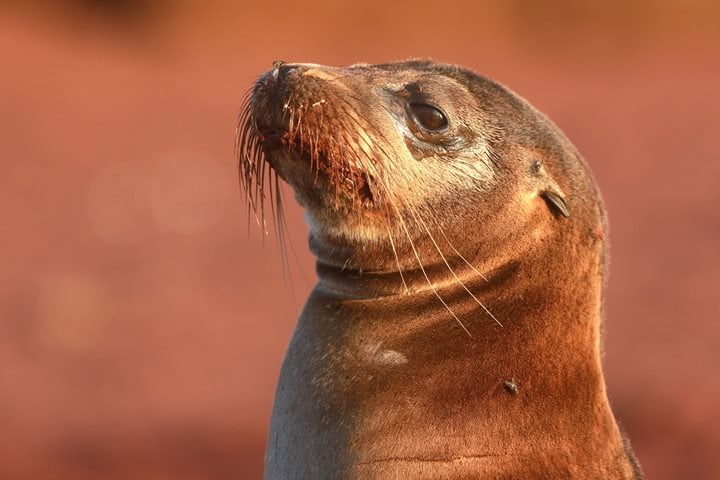Today our guests explored the westernmost realm of the Galapagos. Right after breakfast, the captain and crew navigated National Geographic Islander across the equatorial line. Guests boarded pangas to travel to Punta Vicente Roca on Isabela Island. Everyone enjoyed impressive views of a collapsed volcano. Rocky cliffs provide shelter for Galapagos fur seals and serve as good perches for seabirds like Nazca boobies, brown noddy terns, flightless cormorants and Galapagos penguins. During the afternoon, we explored Punta Espinosa where countless male Galapagos marine iguanas established rock territories near the shore. Each awaited the arrival of a female in hopes of the chance to reproduce.
Call +1.800.397.3348 or contact your travel advisor







